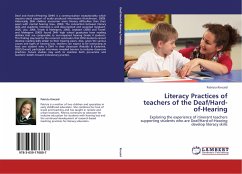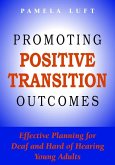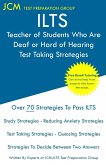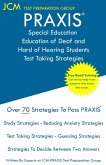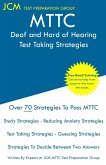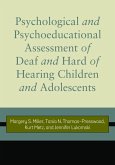Deaf and Hard-of-Hearing (DHH) is a communication exceptionality which requires visual support of audio produced information (Hutchinson, 2009). Historically, DHH children encounter more literacy difficulties than their peers with normal hearing (Lieu, 2004). The connection between literacy skills and academic retention is well documented and accepted (Leybaert, 2005; Lieu, 2004; Trezek & Malmgren, 2005). Leybaert (2005) and Trezek and Malmgren (2005) found DHH high school graduates have reading abilities that are comparable to non-impaired hearing Grade 4 students. This finding may lead to the incorrect conclusion that DHH students cannot develop reading skills similar to their hearing peers. Also, given the various causes and types of hearing loss, teachers can expect to be instructing at least one student who is DHH in their classroom (Pakulski & Kadervek, 2002).Overall, participant interviews revealed barriers to inclusive classroom practices. Future studies may wish to examine both pre-service and teachers beliefs toward inclusionary practice.

